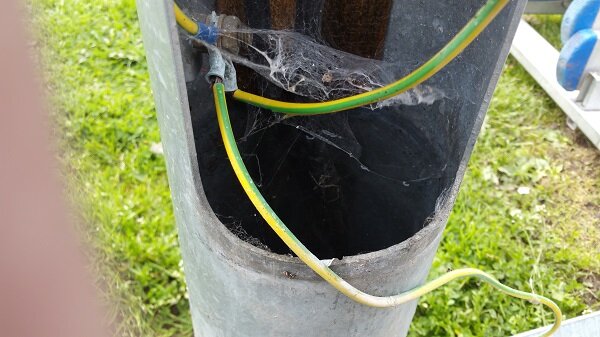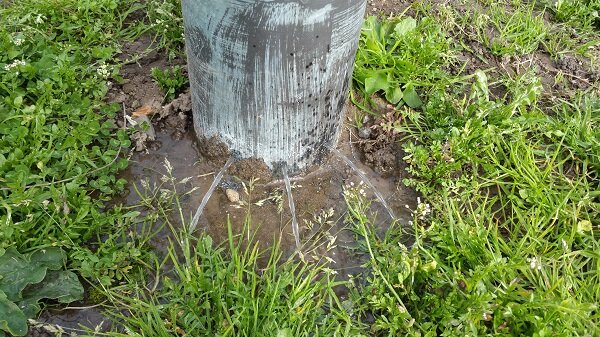N
normanton
I'm going round in circles with this fault. We have 12 street lighting lamp posts at our factory, 150W son lamps in each. They were on a 20A MCB and yesterday started tripping. They are basically wired from a 20A MCB (2.5mm), through a relay, out of the relay in 6mm armoured and then outside, where somewhere along the line they are jointed to MICC cables before going to the lamp posts . With me so far? One out of monkeys decided to simply upgrade the MCB to a 32A, which actually held in, even though the cable and MCB for red hot. Obviously this isn't the answer so I've put the 20A MCB back in temporarily. Now, my first guess was that there was a loose connection somewhere which was causing the MCB to get hot, but my understanding is that resistance causes a voltage drop and when I checked the voltage at the posts, it's still hovering around 240 (granted it could have been higher before the fault occurred). Secondly, I've just put the clamp on and it's pulling around 36A, circuit SHOULD be around 7.5A (12 X 150W). But again I've always been under the impression that a high resistance creates heat because there's a large voltage drop across it and the current would more than likely decrease in fact. Anyway, I'm at the end of my tether with this one. Any help would be much appreciated.
Any HELP would be. Could the usual patronisers please not comment, I'm looking for advice NOT a Lecture!
Any HELP would be. Could the usual patronisers please not comment, I'm looking for advice NOT a Lecture!












